Hello, my dear colleagues!
In December 2020, I met an amazing teacher from India, Shavy, and she invited me to teach a lesson at her school. This post will share all the tasks (full lesson plan/ESL unit) for renewable energy resources and designing a sustainable house school project for pre-teens. The lesson focuses on writing and environmental education. I am also going to share comments and observations. The lesson lasted for 1 hour and 30 minutes, and there are a lot of activities + I always tend to do extra activities just in case, but we managed to complete almost all the activities.
Read this article to see how did my first lesson with Shavy look like. Christmas Around The World: Home for the Holidays Storytelling with a Class from India
Warm-up
We started the lesson with a question! Where does our power come from?
What were the most used energy resources in the world in 2019?
The students had to brainstorm and share their opinion. After that, we watched a video to find the correct answers.
Here are some questions:
- What did you guess?
- Where did you make mistakes?
- Come back to the Let’s start Edmodo group and write down your thoughts in the comments.
Reviewing basic concepts
Before continuing the lesson, we needed to review the basic concepts and make sure we know how to pronounce energy resources properly. We also separated them into renewable and non-renewable energy resources.

A fact-check!
The next practice combined listening and then an interactive, clickable reading comprehension. This was the task.
Let’s learn more about the 4 basic types of renewable energy resources and do a fact-check.
Explore the next 4 pages! Don’t forget to click the +INFO button for fun facts about the energy resources!

Every page has at least 2 mistakes! So first, try to fact-check the given information and share the mistakes you found in the live lesson. Then, click on the words you believe are incorrect. The source of this text is linked on the previous page. (Explore the screenshot below to see the task or explore the interactive lesson presentation at the bottom of the post.)
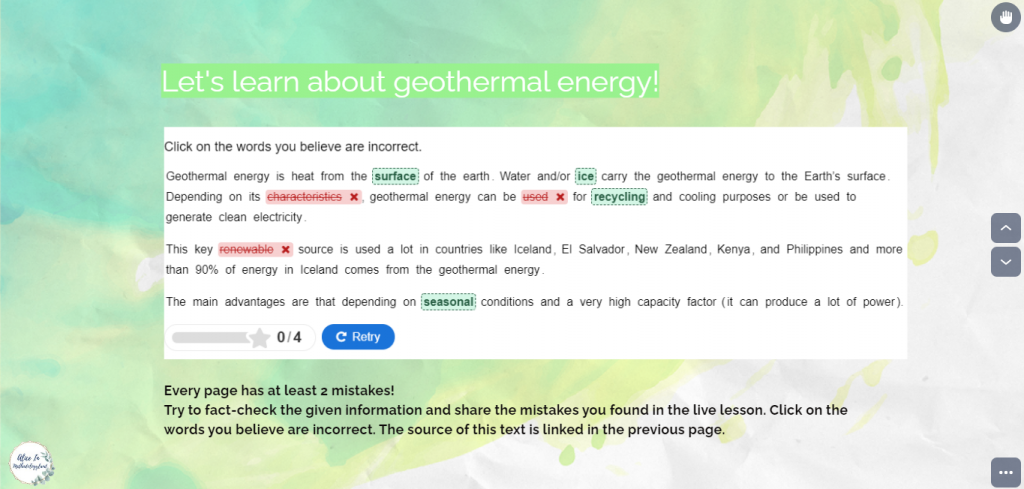
The first exploration/writing task
- Explore the renewable energy resources in your closest community.
- Explain your findings in the comments (Let’s explore Edmodo group);
- Add a reliable source to this information.
Agree or disagree discussion – SPIN THE WHEEL!
Select a statement (or answer to all of them) in the Edmodo group.
Comment on posts of other students or make an audio or a video response. Be polite and offer scientific evidence for your claims.
The students liked the discussion, and many of them wanted to share their opinion. But, as always, more students agreed than disagreed – I think all my students, in general, have a problem when they need to disagree on a topic.

Classroom on Edmodo
This lesson was followed by an Edmodo classroom with specially designated posts for many activities. I did this project and this classroom for an Edmodo summer camp (which didn’t happen at the end, aka my lesson plan was not selected ?), so the project has many writing tasks. It is designed so that it can be done live, synchronously, but also independently, asynchronously.

There were many comments, and the students were pretty active. They had some issues joining, but it’s completely understandable since they used Edmodo for the first time.
Develop your own renewable resource plan for a house located in your city/town/village
The students were separated into breakout rooms, and they had a task to brainstorm and collaborate to make a plan for a sustainable home.
Explore the renewable resource plan questions
Questions to help you develop your plan:
- Which type of energy could fit their environment the best?
- How will the energy source affect the surrounding area?
- What is the problem that the invention is trying to solve?
- Are there any negative impacts on the environment?
- What can be powered in the house with this renewable energy resource?
- Explanation of how the plan is more advantageous than other renewable and non-renewable energy sources.
Green features to think about:
- Building site and using the sun as much as you can;
- Passive heating (sun, windows, floor materials);
- Geothermal energy;
- Energy-saving home appliances;
- Motion-activated lights;
- Solar panels;
- Rainwater collection.
Collaborate with other students
Chat with other students and see who lives in a similar environment if you want to pair up or join a group.
Sustainable house design with different tools
Create a sketch or a model during the lesson, and then present your main idea in a few sentences. You can do this via audio, video, or text. Finally, post the picture and your idea in the Let’s design the Edmodo group to get feedback.
You can use:
- Genial.ly (picture or infographic);
- Screencastify to record your screen on your computer while you explain what you planned;
- Any screen recording app for your phone + notepad on your phone if you wish to draw;
- Use a floor planner to plan out your house!
- Good, old fashioned pen, paper, markers!
- … or get even more creative! Use dough and recyclables to make a 3D map and have fun!
Homework project time!
Continue with the development of your renewable resource plan for a house. Make a video using your sketch/model + text OR audio + text with pictures. Present the project in a video or audio and practice speaking skills. Upload it as a separate post in the project designated folder on Edmodo.
Draw with any online tool you select, draw by hand, or create a 3D model with dough and recyclables. Of course, the sketch needs to have a textual explanation, and the specific parts/machines of the renewable energy resource need to be marked in the house.
Writing samples/plans
Here are two sustainable house plans students created collaboratively in breakout rooms:
Plan 1:
In our opinion, bioenergy and solar energy. Bioenergy will help produce the greenhouse effect and produce both heat and electricity, which will be efficient for the entire year. Furthermore, for the surrounding areas, solar panels can be installed collectively for the entire colony or society, which will also help develop the area.
Solar energy will be an effective model for energy as more electricity from the water will be saved, which can be used in the future and will also lead to decreased water scarcity.
On the other hand, bioenergy can reduce the water resources for crops and have impacts on food security. There is not so much harm in the consumption of sunlight or bioenergy installation as being renewable and inexhaustible. They r safe for our environment until used considerately. Bioenergy is effective in the form of biofuel or biopower. Bioenergy renewable sources can power vehicles, homes, and even airplanes. Solar cookers, heaters, etc., can be brought to use by solar energy.
Plan 2:
Micro hydropower can be one of the most simple and consistent forms of renewable energy on your property. You might consider building a small hydropower system to generate electricity if you have water flowing through your property. Micro hydro power systems usually generate up to 100 kilowatts of electricity. Most of the hydropower systems used by homeowners and small business owners, including farmers and ranchers, would qualify as micro-hydropower systems. But a 10-kilowatt micro-hydropower system generally can provide enough power for a large home, a small resort, or a hobby farm. A micro-hydropower system needs a turbine, pump, or waterwheel to transform the energy of flowing water into rotational energy, which is converted into electricity. First and foremost, the most accurate as well as consistent renewable source of energy is micro hydropower. It has good as it does not pollute our scenic environment.
Here is one illustration the students came up with in the class
A video explanation of the accompanying materials and the tasks in the Edmodo classroom
Since the project was created for an Edmodo summer camp, it was followed by a video explanation of how the project will be conducted. Listen to the video if you want to use it in your classroom, and ignore if I mention the names of people working at Edmodo. ?
Interactive lesson material
Explore the interactive material below (it has the full renewable energy resources ESL unit and designing a sustainable house school project), and feel free to use it in your classroom! The material is not shareable, so that you can use it only on my website, click on full screen.
Students’ feedback
Take a look at the students’ comments after the lesson was over! ? The renewable energy resources ESL unit was a success, but designing a sustainable house school project was their favorite part of the session!
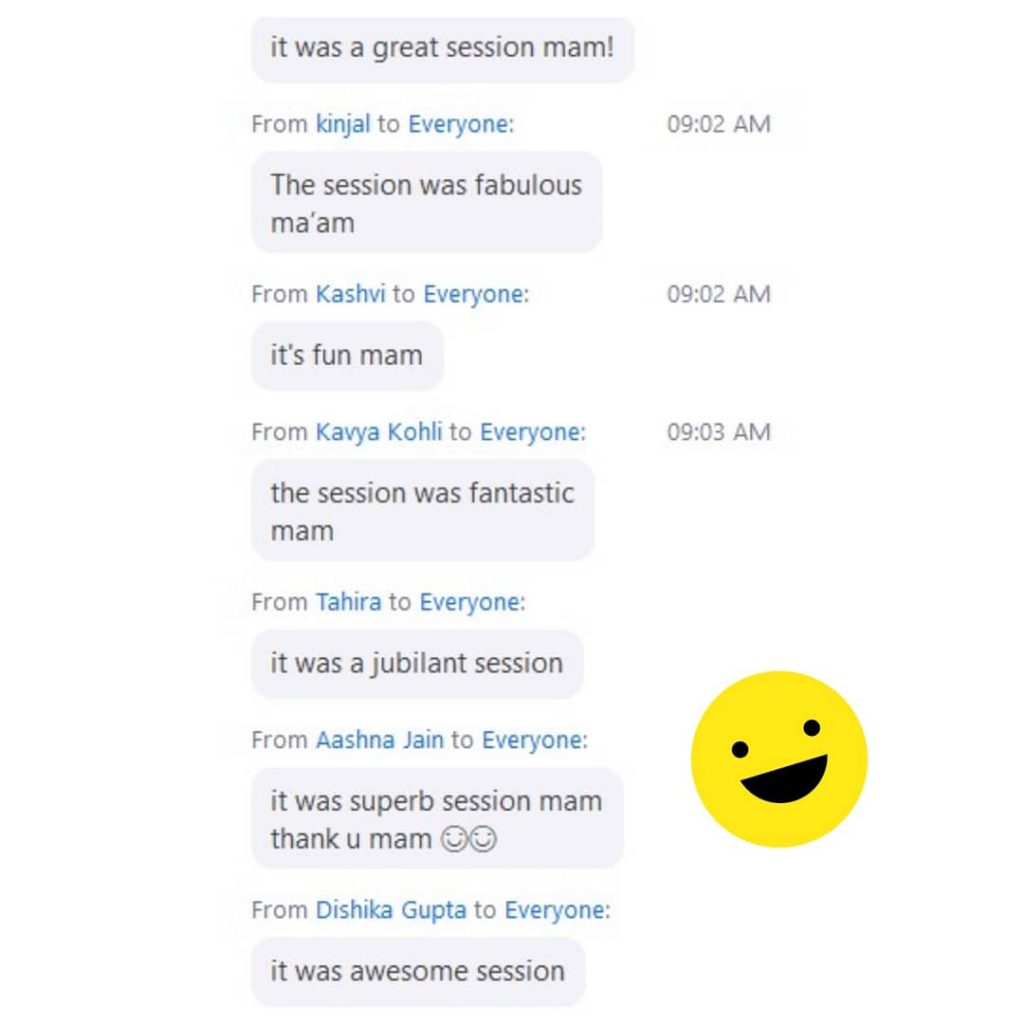
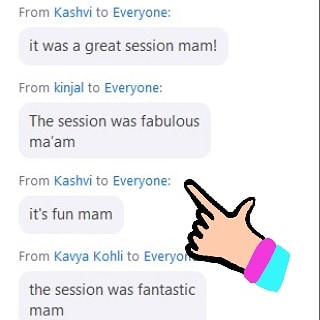
Project results
To conclude
I LOVED this lesson, and the kids were amazing – attentive and hardworking! There are always things I wish went better, but I can’t complain. Environmental is my passion, and I try to squeeze environmental topics into every single lesson, at least even if it is a small reference. ??
If you wish me to join your classroom and teach a class, don’t hesitate to contact me via the contact form below and share your desired topic, number of children, age, and needed information. Also, what do you think about my renewable energy resources ESL unit and designing a sustainable house school project?
Write below or get in touch via the contact page if you have anything to add or say.

Click here to explore my store where 99% of materials are forever free!
All the materials except lesson plans and 30+ page interactive activity books will be free FOREVER! Why? Because sharing is caring, and 2020 hasn’t been kind to all of us. Please consider donating so I can keep making FREE materials for everyone and keep my website open for all of you.

Don’t forget to leave a review when you download materials! It’s just a minute of your time, and it means a lot to me.
P.S. The store and the freebie library are not the same things – the freebie library has some extra materials like conference presentations and webinar recordings which are not available in the store ✨
The subscription link for the store is below my bio in every post. ?



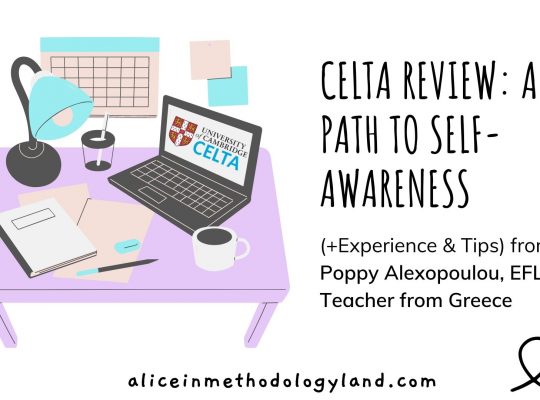
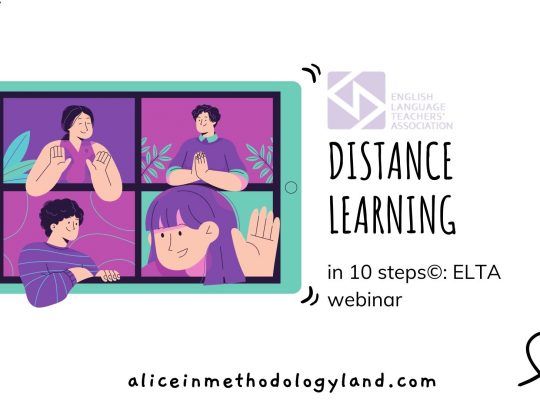

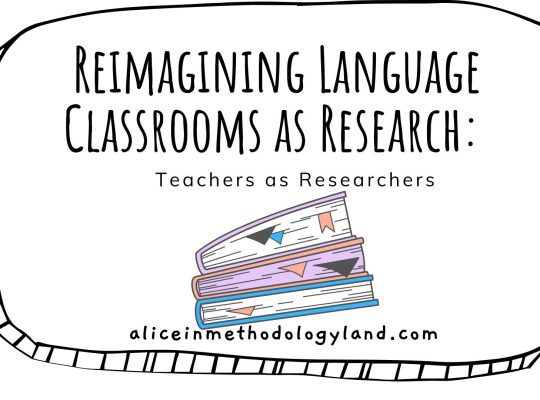
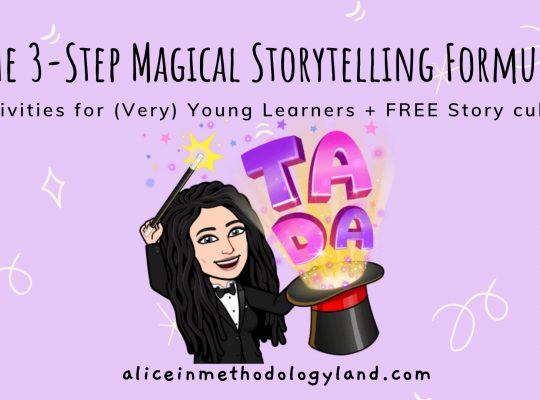
[…] Renewable Energy Resources and Designing an Eco-house With a Class from India […]
[…] Renewable Energy Resources and Designing an Eco-house With a Class from India ? […]
[…] Renewable Energy Resources and Designing an Eco-house With a Class from India ? […]
[…] Renewable Energy Resources and Designing an Eco-house With a Class from India ? […]
[…] Renewable energy resources and designing an eco-house project […]
[…] is a pleasure to feature this guest post from Milica Vukadin (Alice) from aliceinmethodologyland.com. I’ve always enjoyed reading her articles or hearing her ideas on motivating young learners […]